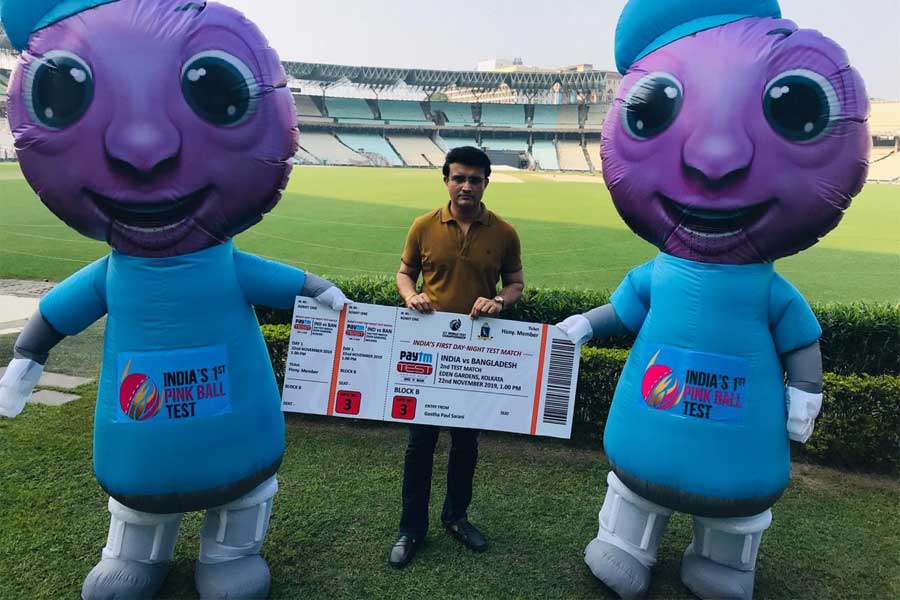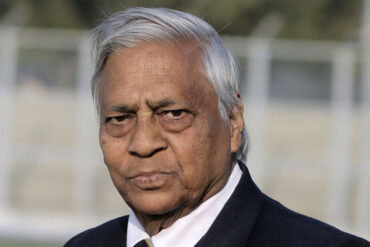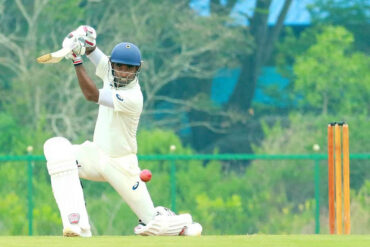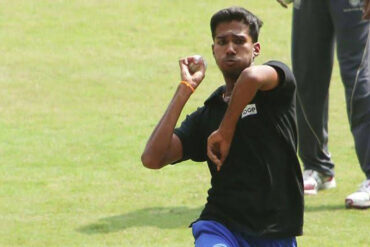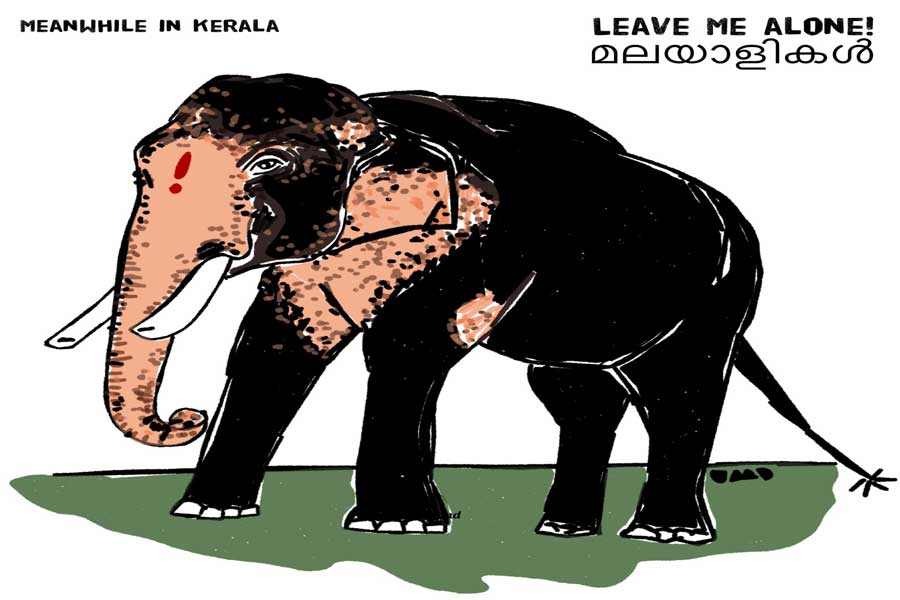Within a week of taking over the reins of the Board of Control for Cricket in India (BCCI), Saurav Ganguly made sure India embraced the idea of what could be the future of the traditional Test format—Day-Night tests. The former Indian Captain was always vocal on commentary about the need to switch to pink ball cricket for attracting the fans and reignite Test Cricket.
This idea was given a green signal by the International Cricket Council (ICC) a decade ago, but it didn’t find many takers. The first major issue was the visibility of the traditional red ball after sunset so there were trials with yellow, orange and pink balls and finally pink was decided as the colour to go ahead with. The seam colour was decided to be green and white but to rectify the visibility issue, the seam colour was changed to black in June 2016.
Cricket under floodlights started in Kerry Packer’s World Series Cricket but the first official D/N One Day International (ODI) was held in 1979 between Australia and West Indies while the concept came to India in 1993. Over the years, D/N affairs in Limited Overs Internationals have become the norm. The crowds were fascinated by the idea of ‘Cricket under lights’ and could watch the game even after office timings.
The Kookaburra pink ball moves significantly more than the Red cherry and the Indian team had requested the SG Company, which will manufacture the balls for the first time, to make sure that there is no difference in the behaviour of the pink and the red ball. But, it was noticed during the practice sessions that there is exaggerated movement.
Paras Anand, Marketing Director of Sanspareils Greenlands (SG) was asked about the SG ball by Reuters. “I believe five elements are critical for the success of pink-ball cricket—pitch, outfield, lights, players’ experience and the ball itself. Only the ball is being talked about. As the ball manufacturer, it’s obviously exciting, but at the same time, I’m slightly anxious and waiting to see how it goes.”
He talked about the colour of the ball and the dew factor and how the latter will affect the movement. “It’s a brighter pink. We avoided baby-pink, which is lighter and picks up more dust and gets darker. We’ve tested the ball in very rough conditions. But having grass on the wicket is very important for the colour to last longer. Well, that’s where nobody has any control—be it the curator, or the ball-manufacturer, or the administrators, Dew is a challenge, but it’s the same for both teams, and whoever can adapt better will do better.” Anand added.
Like all other new concepts in the past, the BCCI was reluctant to embrace D/N Tests and even declined Cricket Australia’s offer to play the Adelaide Test last year under lights citing lack of preparation. But with Sourav Ganguly’s appointment, things changed instantly. Dada was at the helm of the Cricket Association of Bengal when they hosted India’s first pink ball match in 2016 in a club match where the likes of Wriddhiman Saha and Mohammad Shami took part. That game was played with the Kookaburra ball though.
Majority of the D/N Tests till date have been held in Australia. Dubai too has been home to a couple of them with England, South Africa, New Zealand and West Indies hosting a solitary match each. Here is look at the Pink ball tests till date:
Tests in Australia
The first Day-Night test in the history of the game was held in the Australian summer of 2015 at Adelaide, where the Kangaroos got the better of their Trans-Tasman rivals in just 3 days. The match was a close affair with a lot of wickets falling in the twilight period and extra grass was left on the wicket so that the ball’s colour remained intact for as long as possible. Australia’s Josh Hazlewood was named the man of the match for his 9 wickets in the match and Tom Latham, Steve Smith and Peter Nevil scored half centuries.
The 2nd D/N Test in Australia involved the Proteas and was held in November 2016. South Africa batted first after winning the toss but Australia won the match by 7 wickets with Usman Khawaja being adjudjed the man of the match for his century in the 1st innings. Starc and Hazlewood picked 6 wickets each in the Test match even as Stephen Cook and Faf Du Plessis scored centuries for South Africa.
That summer included two pink ball affairs with Pakistan playing in the next month at the Gabba and Misbah Ul Haq’s side put up a stern fight coming close to chase a mammoth target of 489 in the 4th innings as Asad Shafiq scored a valiant century in the chase. Starc picked up 7 wickets for the Aussies in the match.
In the 2017 Ashes, the 2nd test was played with the pink ball but the hosts won the encounter by 120 runs as Shaun Marsh scored 126. Earlier this year, Sri Lanka played at Brisbane but Australia handed them an innings defeat with Pat Cummins taking 10 wickets in the match.
Tests in UAE
Pakistan was the second country to embrace the idea of D/N Tests and held them at their adopted home in UAE. In their first outing, they edged out the Carribean side by 56 runs as Azhar Ali became the first batsman to score in triple century in D/N cricket. Sri Lanka was the opponent in the second D/N Test in the UAE and won the match by 68 runs as Karunaratne scored 196 in the 1st innings—thus becoming the first away side to win a D/N Test.
Tests in West Indies, England, South Africa and New Zealand
West Indies: Sri Lanka won their second D/N Test in West Indies in a low-scoring encounter, winning the match by 4 wickets. Jasom Holder won the player of the match for his all-round performance of 9 wickets and 74 in the 2nd innings.
England: England was the 3rd country to welcome D/N Tests and the first to inflict an innings defeat on the opposition when they defeated the West Indies by an innings and 209 runs at Edgbaston in just 3 days. Cook scored a double century as England piled up a mammoth 514 in the 1st innings but the Caribbean side was bowled out cheaply for 168 and 137.
South Africa: The Boxing Day Test of 2017 was a D/N affair but the match only lasted for 2 days as Zimbabwe was no match for the Proteas. Aiden Markram scored 125 in the 1st innings and Morne Morkel and Keshav Maharaj picked up 5-fers for South Africa.
New Zealand: In March 2018, the Kiwis played under floodlights against England and won by an innings at Auckland. The English side was bowled out for 58 in the 1st innings as Trent Boult and Tim Southee picked 6 and 4 wickets respectively. NZ in reply piled up 427 as Henry Nicholls and Kane Williamson scored centuries. England improved significantly in the second innings but still fell short by 49 runs of New Zealand’s 1st innings score.
Coming to India, tickets for the India-Bangladesh Test match (Read Preview here) starting tomorrow at the Eden Gardens have been sold out. Australia so far is the only country which have made the pink ball Test a regular feature in their summer. Are Test matches under floodlights the future? Will it revive the traditional format? Will the spectators be as excited after the novelty wears off? Well, only time will tell.
